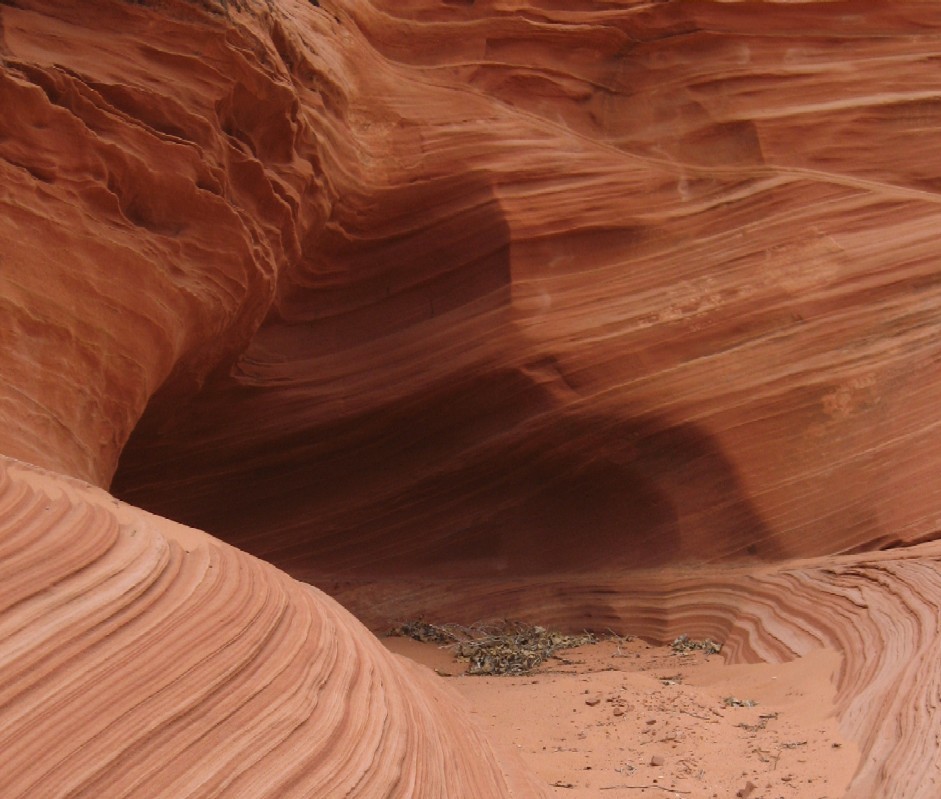 Sixteen years of digging in the dirt in the inaccessible Andean foothills of Sechin Bajo paid off for Peru, two German archaeologists and their prominent local peers with a find that further challenges the concept of the Cradle of Civilization. There are certainly more than one and this find augments Peru's historic stake. Peru has its share of 5,000 year old pyramid structures too. Mesopotamia, South Asia and the Middle East have competing company from the coast of Peru from further finds of an Inca Plaza validated by carbon dating to 3500 to 3000 B.C. This is the fourth in a series of digs sponsored by a university in Berlin.
Sixteen years of digging in the dirt in the inaccessible Andean foothills of Sechin Bajo paid off for Peru, two German archaeologists and their prominent local peers with a find that further challenges the concept of the Cradle of Civilization. There are certainly more than one and this find augments Peru's historic stake. Peru has its share of 5,000 year old pyramid structures too. Mesopotamia, South Asia and the Middle East have competing company from the coast of Peru from further finds of an Inca Plaza validated by carbon dating to 3500 to 3000 B.C. This is the fourth in a series of digs sponsored by a university in Berlin.From northern Peru, Casal, remains the oldest known Preceramic civilization in the Americas with carbon dating and other tools pinpointing the date to an astounding 2627 B.C. Next to the recently discovered structure, showing an ancient version of suburban sprawl, an early six foot frieze was found depicting what many believed was the aftermath of a typical human sacrifice imprinted with a man holding a trophy head. What makes that cultural discovery especially interesting is similar imagery was unearthed in Moche Lords of Sipan tombs sparking questions about migration, economic viability and civilizations interaction in such inhospitable conditions.
 After the ruins are rehabbed and cleaned up after archaeologists finish with their grids and ropes, they look spectacular as evidenced here in Machu Picchu, The Lost City of The Incas. These ancient cities had early urban planning and thoughtful means of adapting to the terrain. The newly discovered Plaza seems to show the tenets of community building by the Incas was shared knowledge. (Allard Schmidt)
After the ruins are rehabbed and cleaned up after archaeologists finish with their grids and ropes, they look spectacular as evidenced here in Machu Picchu, The Lost City of The Incas. These ancient cities had early urban planning and thoughtful means of adapting to the terrain. The newly discovered Plaza seems to show the tenets of community building by the Incas was shared knowledge. (Allard Schmidt)"It's an impressive find; the scientific and archaeology communities are very happy," added Dr Cesar Perez from Peru's National Institute of Culture who led the project. "This could redesign the history of the country."
The site consists of an area around 14 metres across and scientists say it was built by the Incas who ruled Peru prior to the invasion of the Spanish.
Scholars are turning their keen nuanced attention to the indisputable evidence that several civilizations thrived simultaneously in ancient times. Past historic finds have found a layering of communities atop one another as centuries passed. This lends itself to the buried ancient suburban sprawl scenario according to some scholars who worked on past digs. "We've found other pieces of architecture underneath the plaza that could be even older," German Yenque, an archaeologist at the dig site, told the Reuters news service.
"We've found other pieces of architecture underneath the plaza that could be even older," German Yenque, an archaeologist at the dig site, told the Reuters news service.
"There are four or five plazas deeper down, which means the structure was rebuilt several times, perhaps every 100 to 300 years."







No comments:
Post a Comment